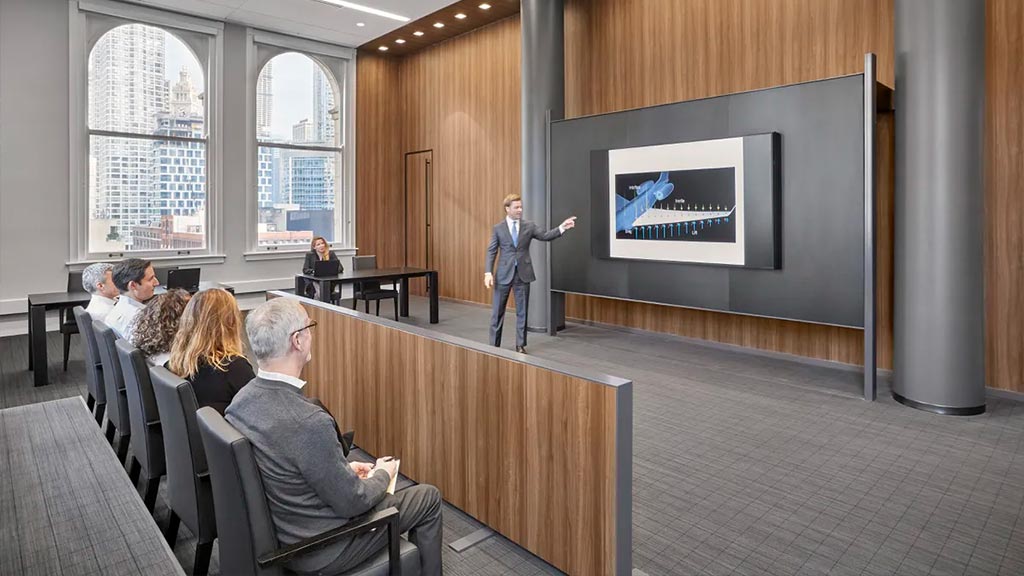Media
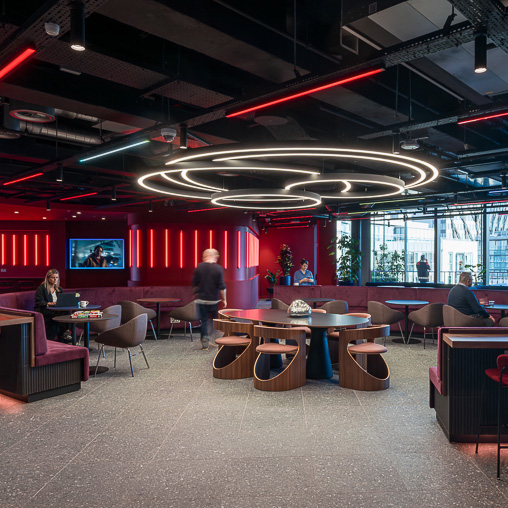
Virgin Media O2 Headquarters
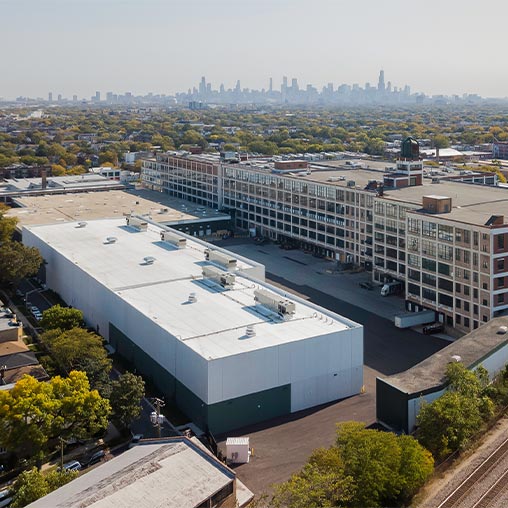
The Fields Studios
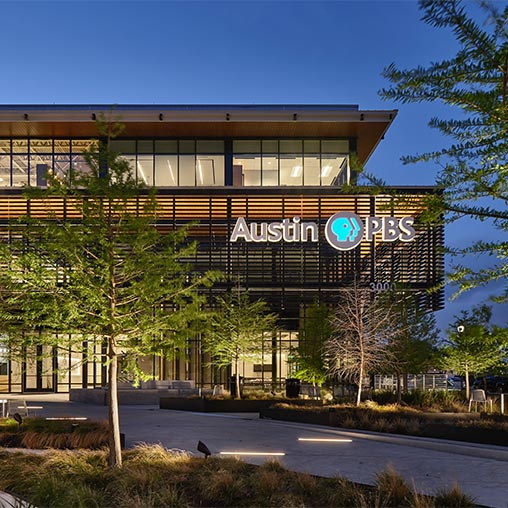
Austin Community College Highland Campus Dillard’s Building 3000 Renovation
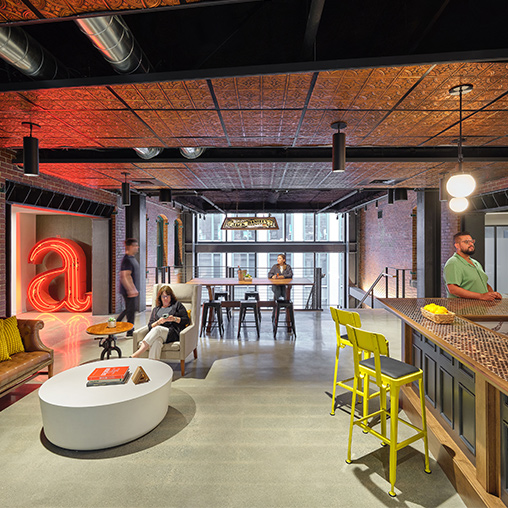
Havas Boston Village
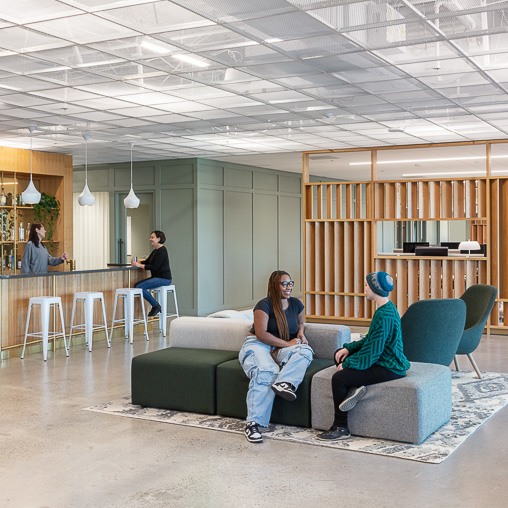
Confidential Creative / Media Agency
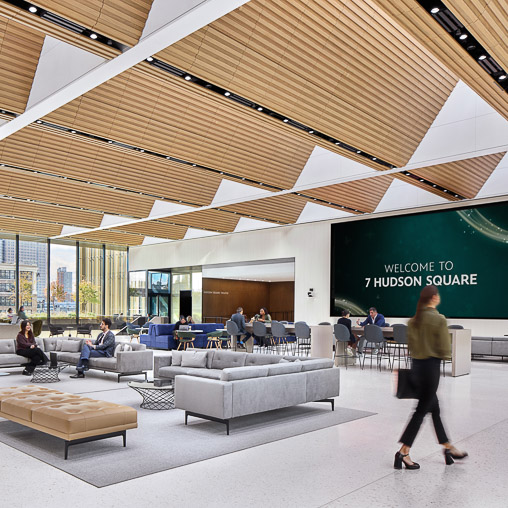
The Walt Disney Company NYC Headquarters
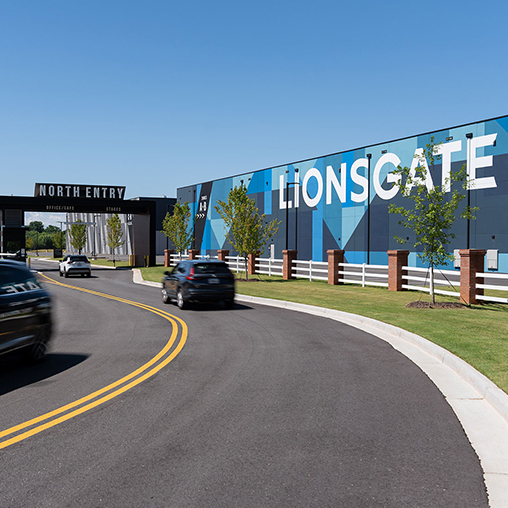
Lionsgate Studios Atlanta
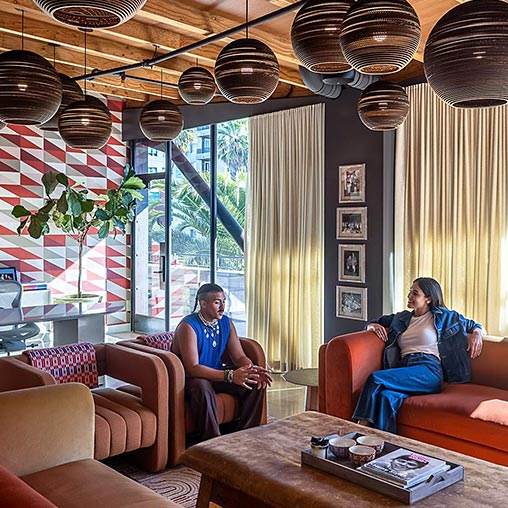
Universal Music Publishing Group
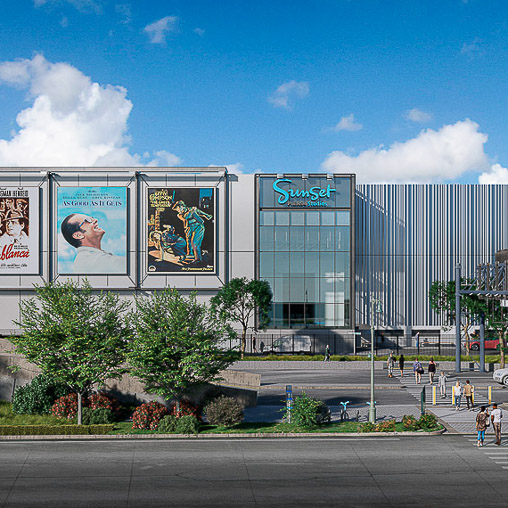
Sunset Pier 94 Studios
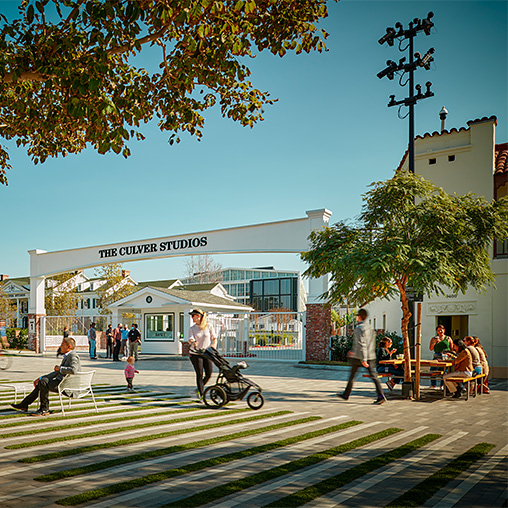
The Culver Studios
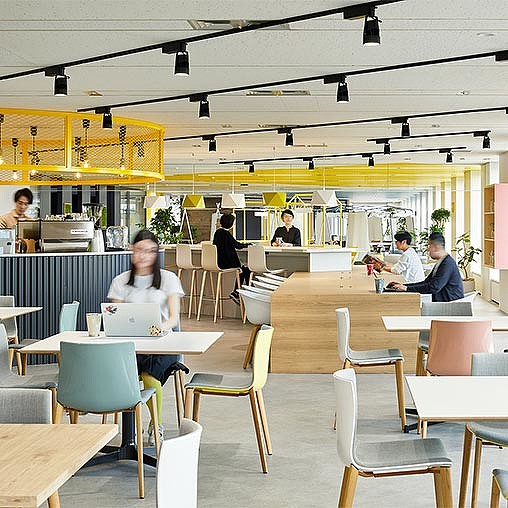
NTT Plala
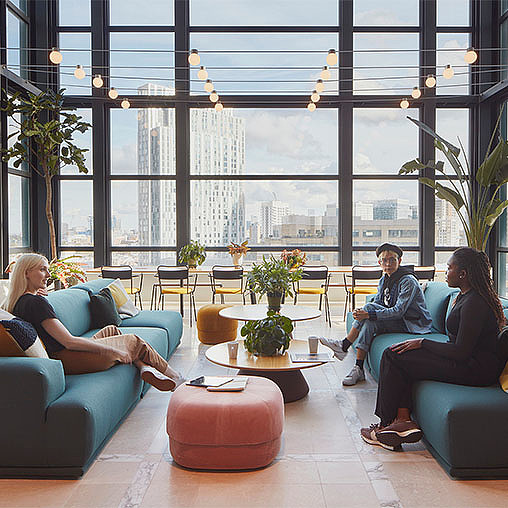
McCann Worldgroup

KHOU
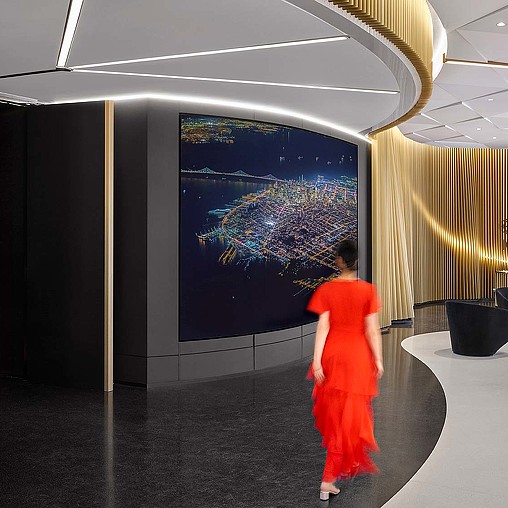
Motion Picture Association
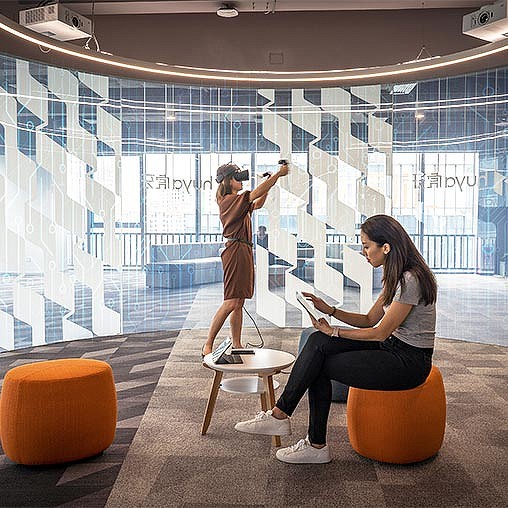
HUYA Headquarters
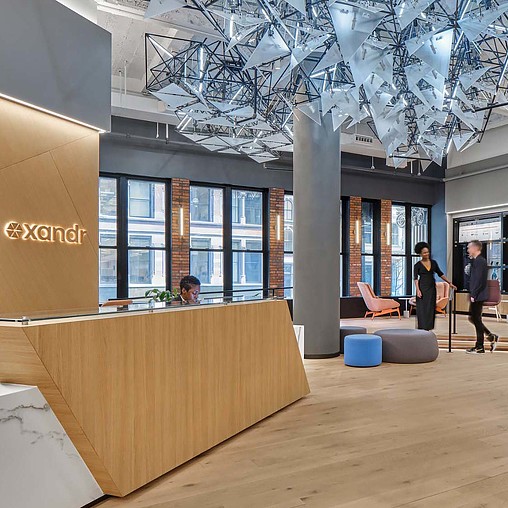
Xandr Headquarters
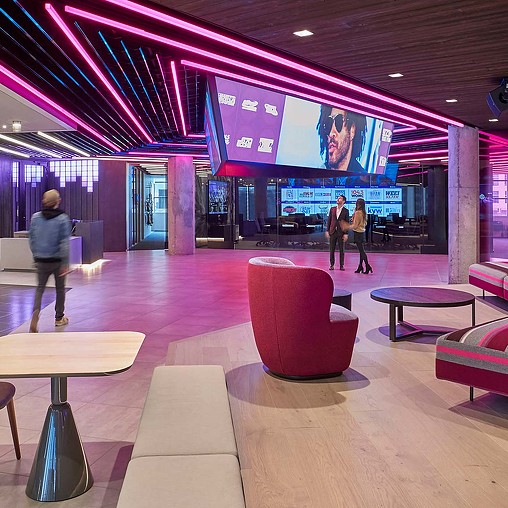
Audacy
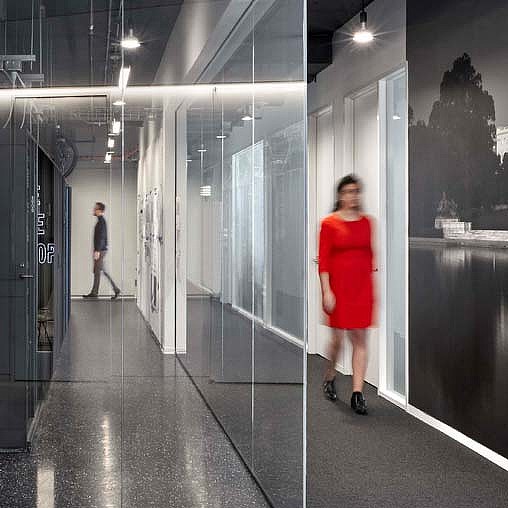
WTOP
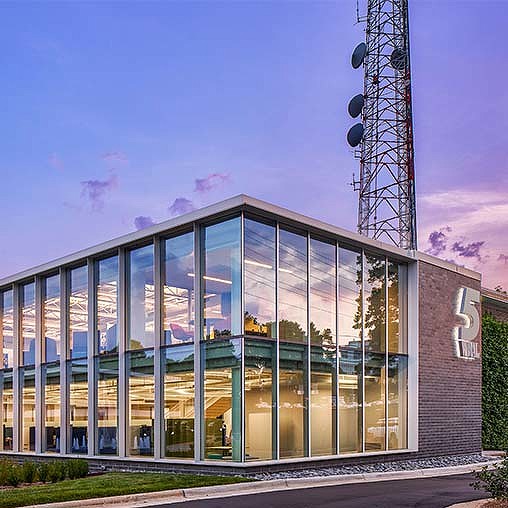
WRAL
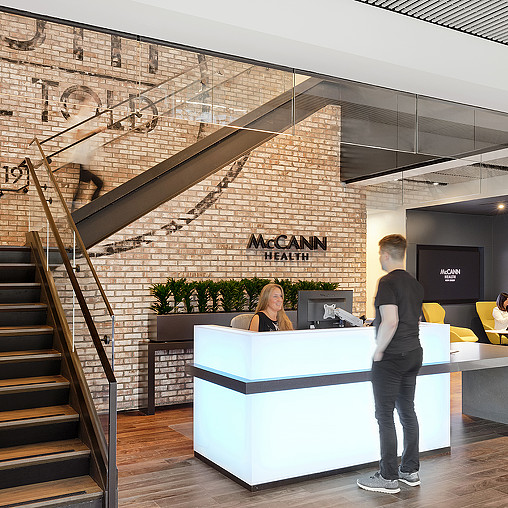
McCann Health
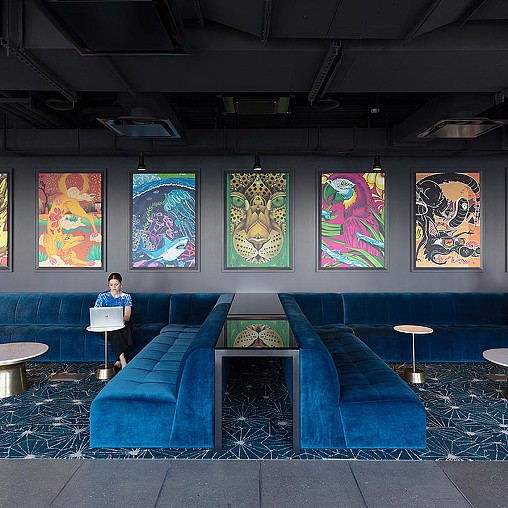
Momentum Worldwide
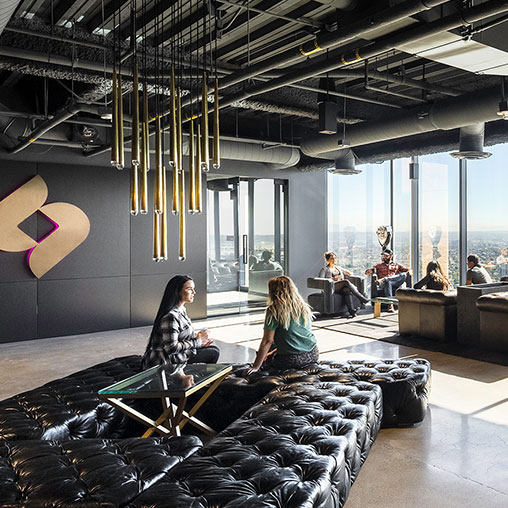
Smashtech

Hearst UK
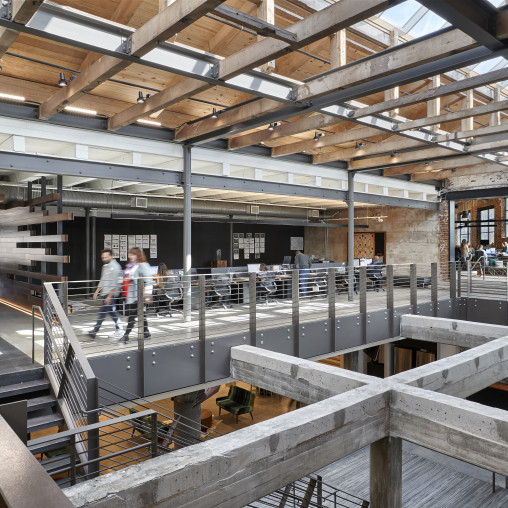
Fitzco / Momentum / Weber Shandwick
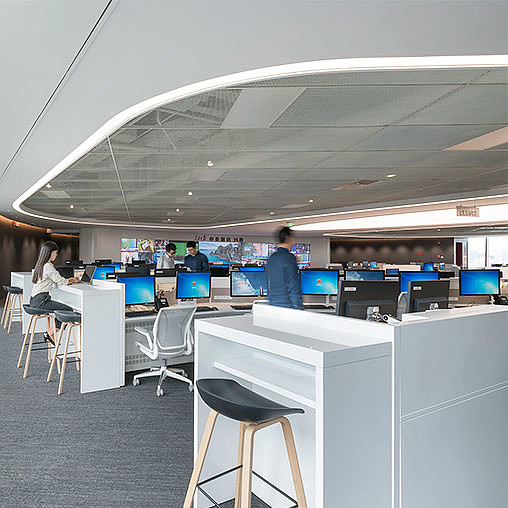
People’s Daily Beijing
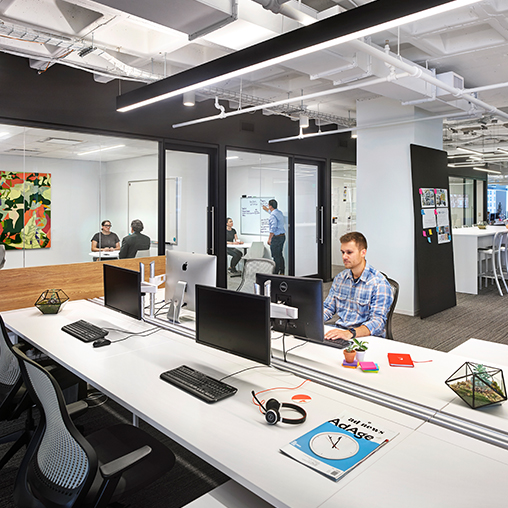
Tierney
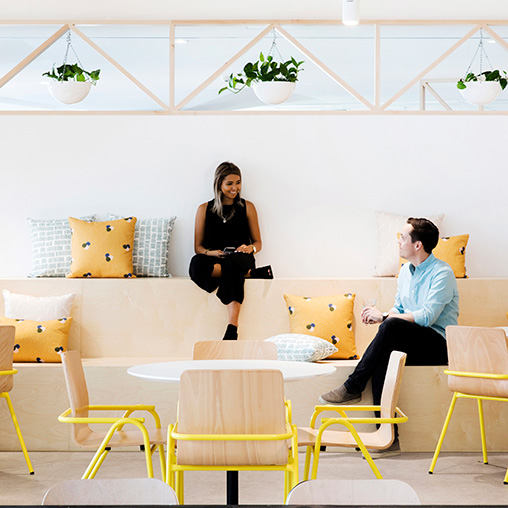
Yahoo7
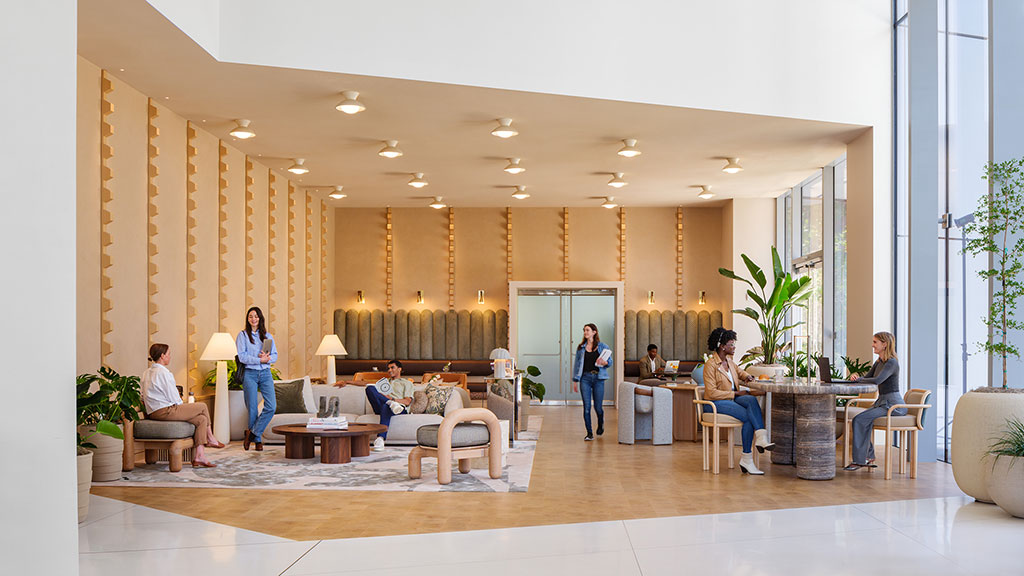
10 Workplace Trends for 2026: What’s In and What’s Out?
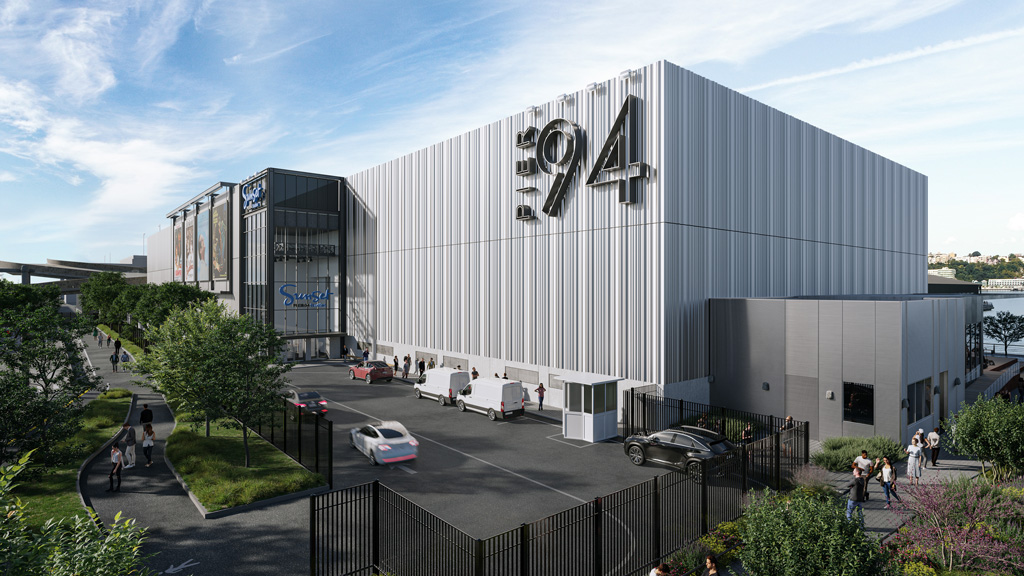
Transforming Pier 94: A Collaborative Journey in Sustainable Design and Adaptive Reuse
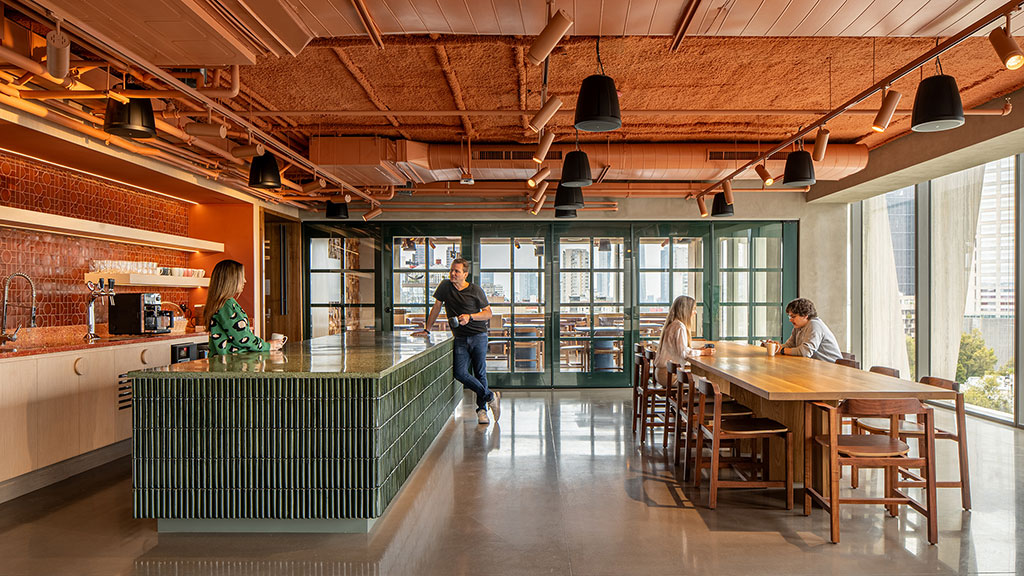
The Future of Real Estate Metrics: Human Connection
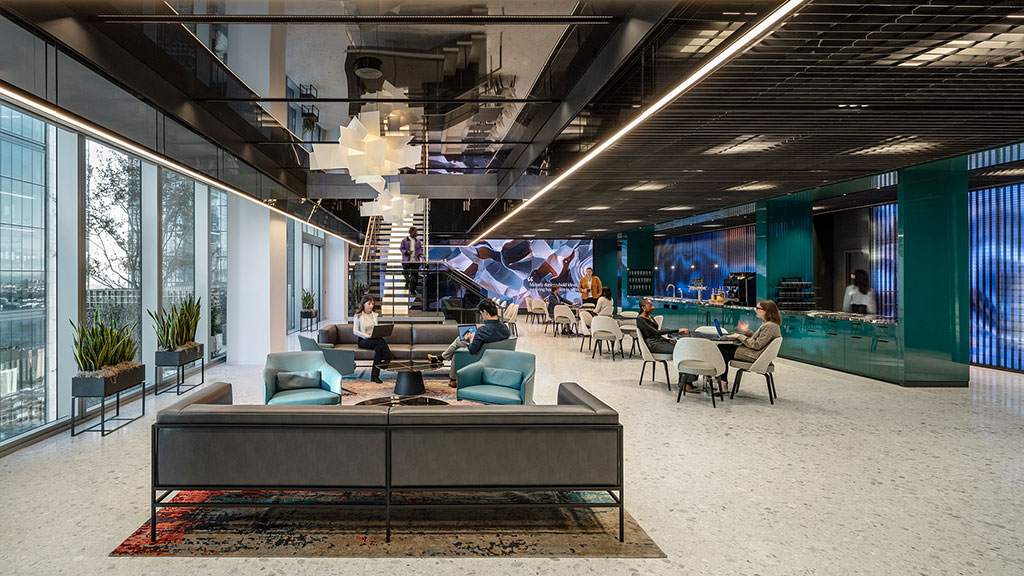
Human and ‘Digital Employee’ Collaboration Will Transform Workplace Design
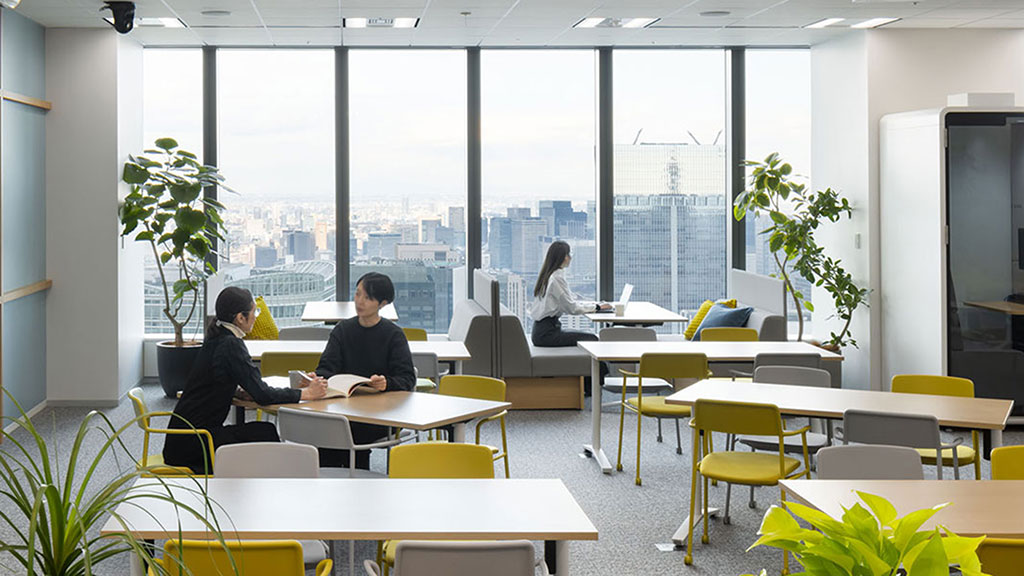
Why Japan’s Workplace Trends Are Moving Against the Global Current
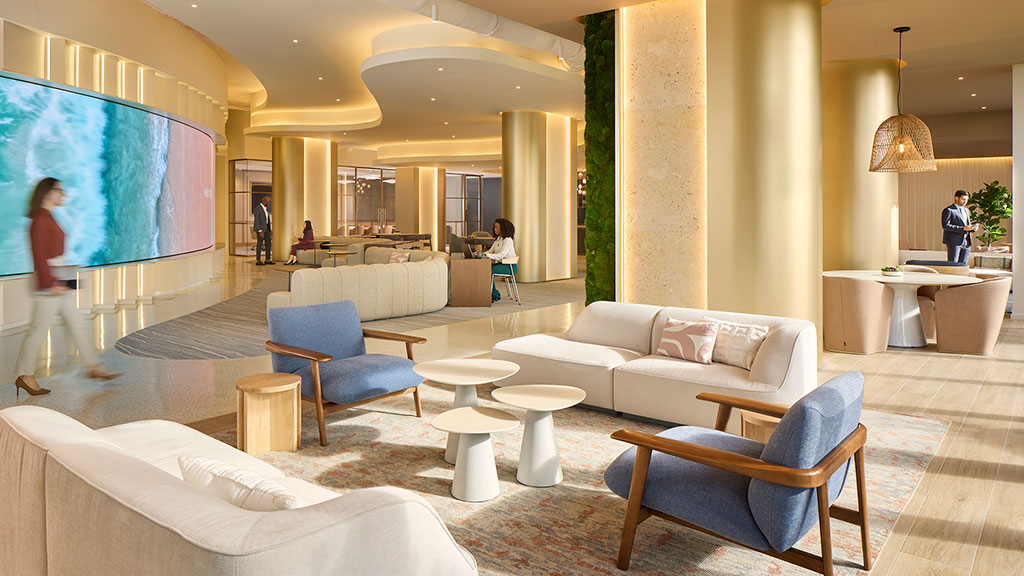
Doing More With Less: Designing Small Spaces for Big Impact
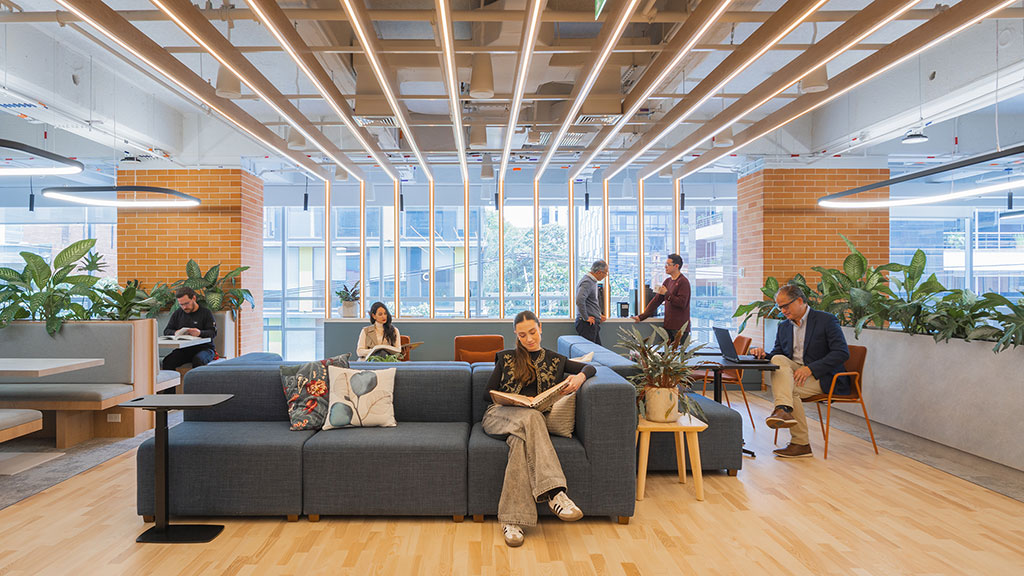
Debunking 3 Myths About Generational Differences in the Workplace
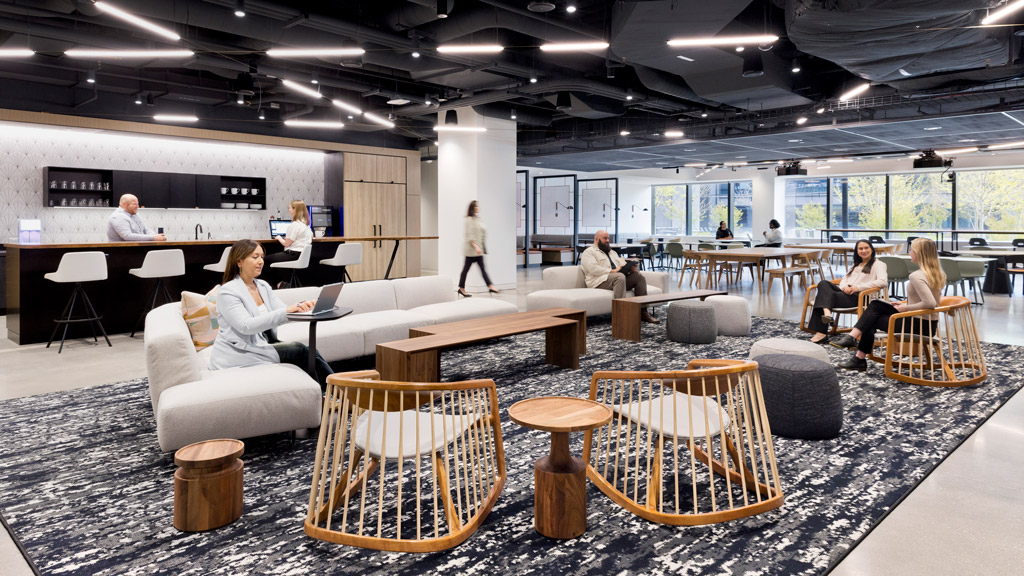
How the Future of Work Is Influencing Workplace Design
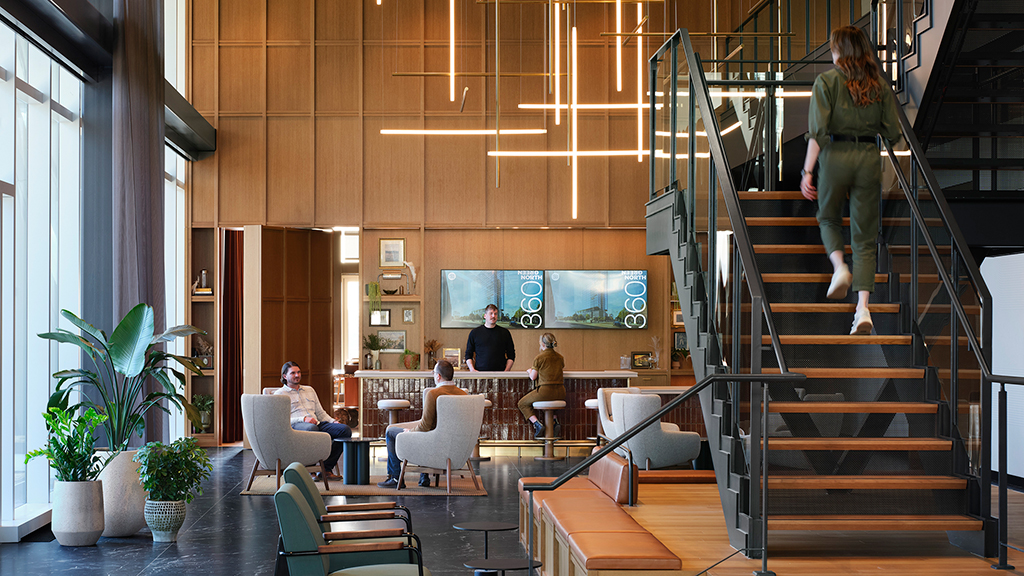
The New Club Workplace: More Than an Amenity
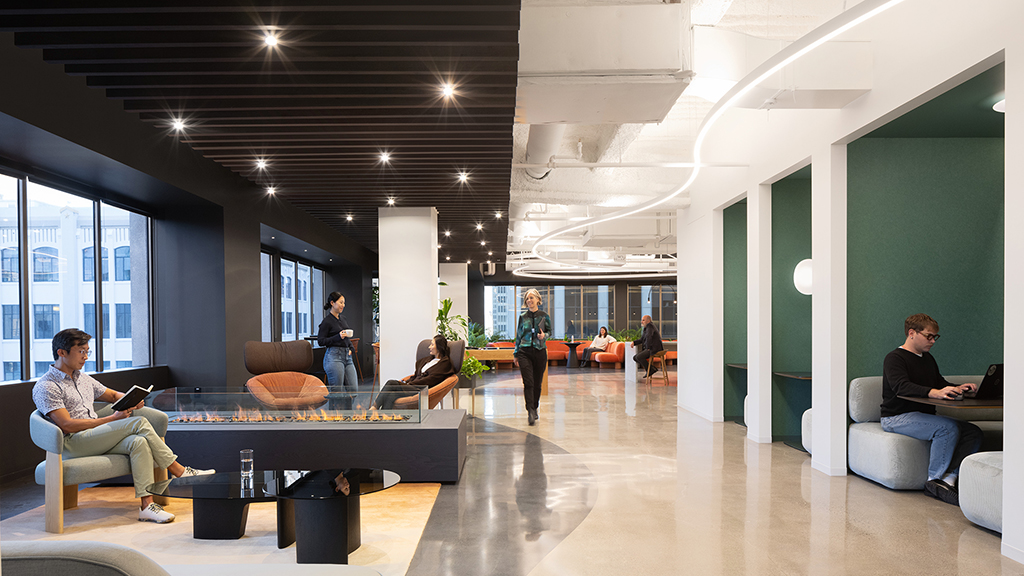
It’s Time for the Traditional Conference Room to Make Way for New Spaces
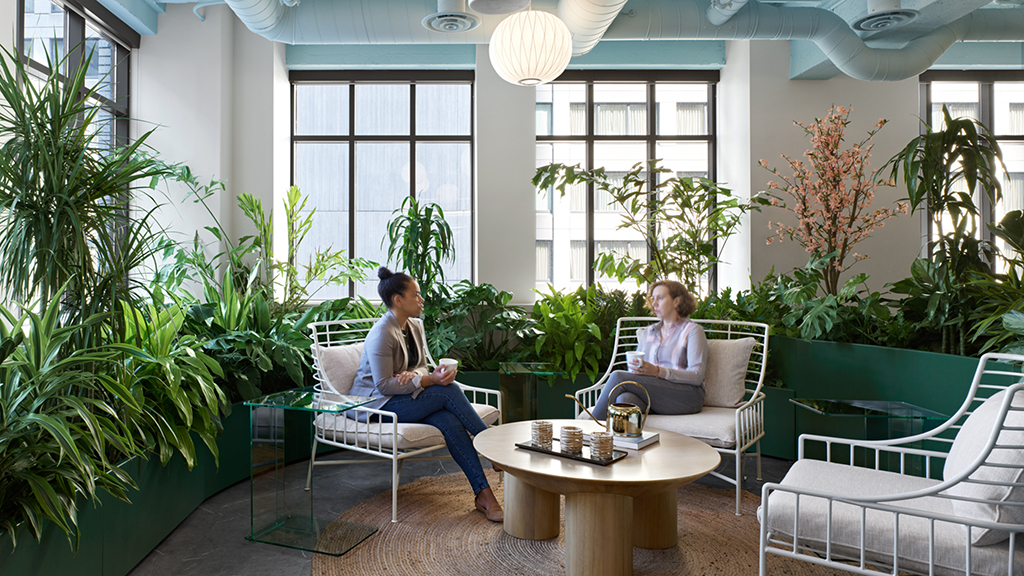
How Summer FOMO Is Shaping the Canadian Workplace
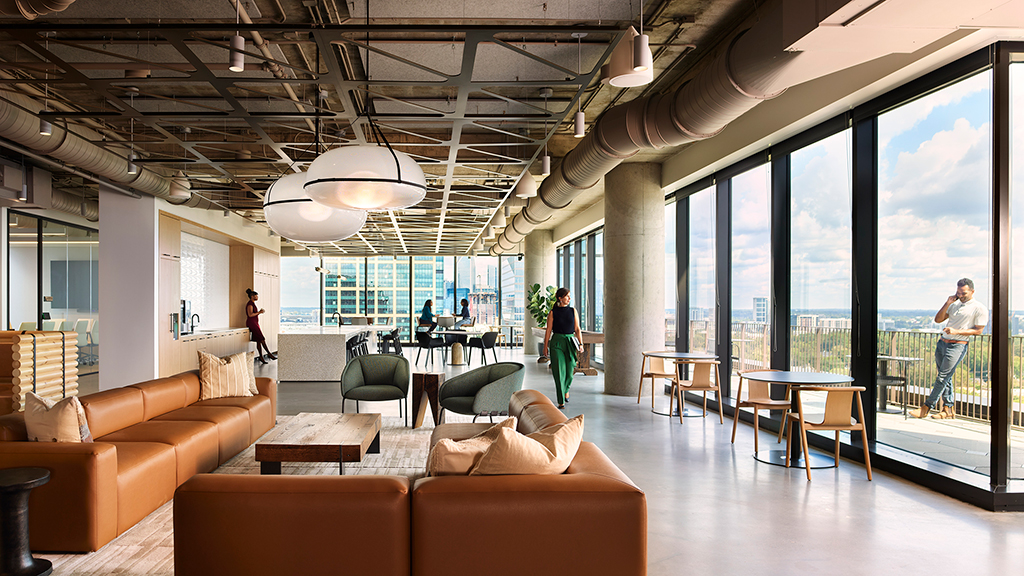
Agency Is the New Workplace Amenity
Next-gen media hubs become dynamic anchors for mixed-use districts.
Media companies transform sound stages into multifunctional assets that support film and broadcast production, as well as traveling shows, branded activations, and large-scale sporting or entertainment events. With this flexible public-facing approach, these modular, collaborative environments are dynamic anchors for mixed-use districts.
Media companies extend into immersive, real-world entertainment spaces.
Media companies like Netflix advance branded physical venues that offer fully immersive experiences, blending themed food, entertainment, and interactive environments. These permanent venues deepen fan engagement and brand loyalty while meeting growing expectations for multidimensional storytelling environments.
Non-media brands become media creators.
Financial institutions, consumer brands, sports teams, and even real estate companies produce their own content — not just sponsor it. As a result, non-media brands invest in content creation studios with natural light, aesthetic backdrops, plug-and-play tech, and spaces that feel like lifestyle hubs.


Johnathan Sandler
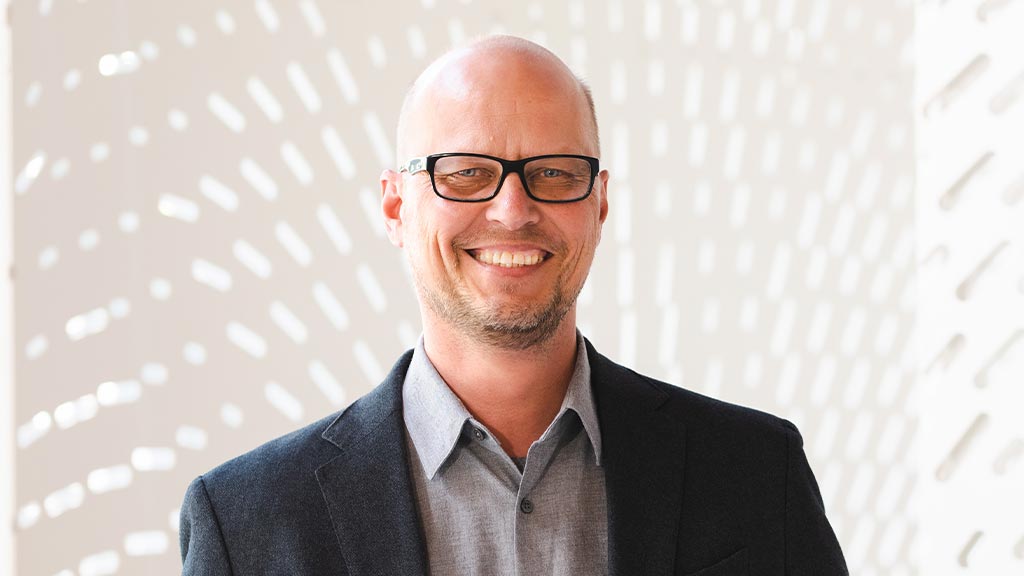
John Wiedner

Gregory Plavcan
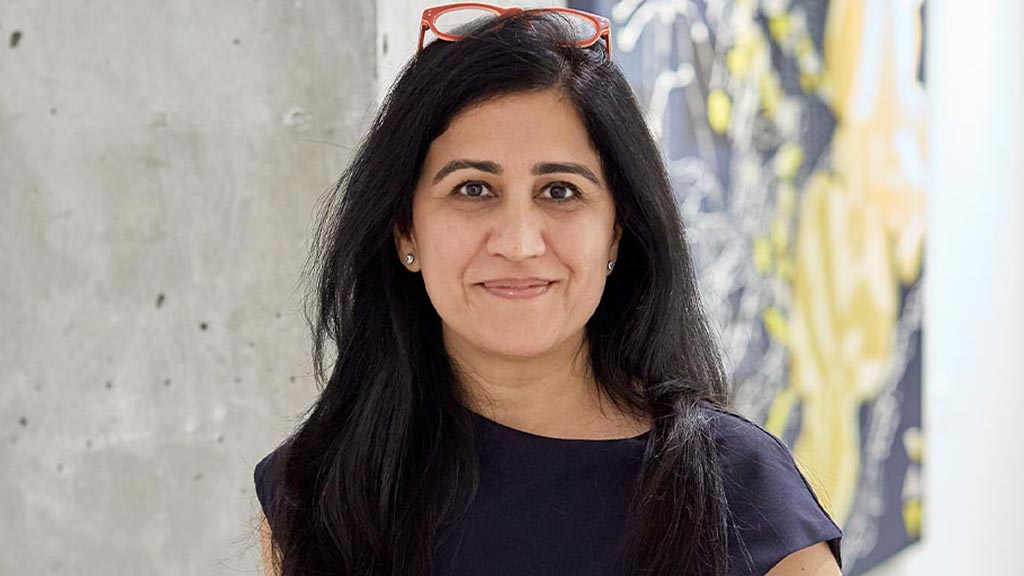
Sumita Arora
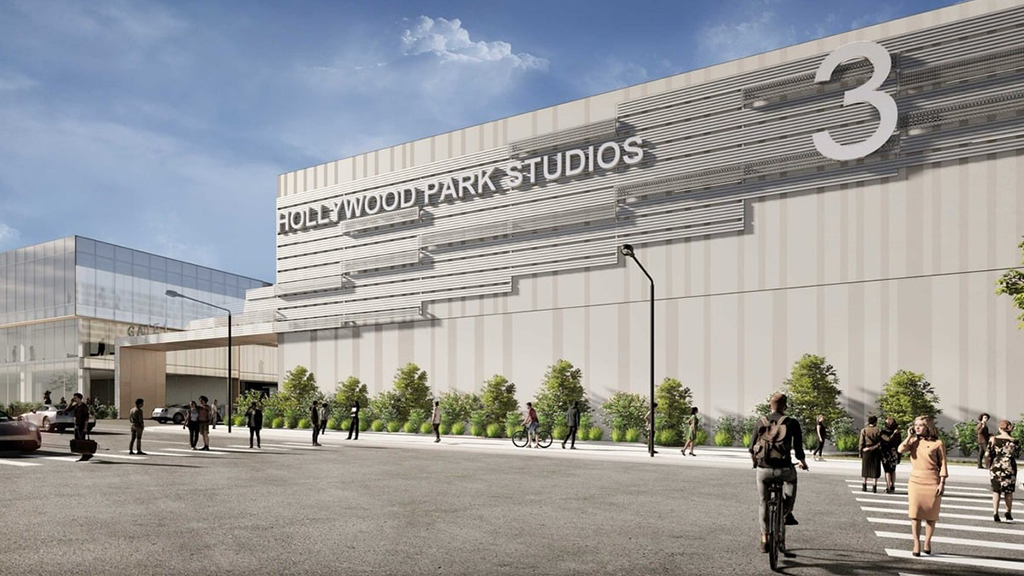
Hollywood Park Studios Will Serve As the 2028 Olympic Games International Broadcast Center
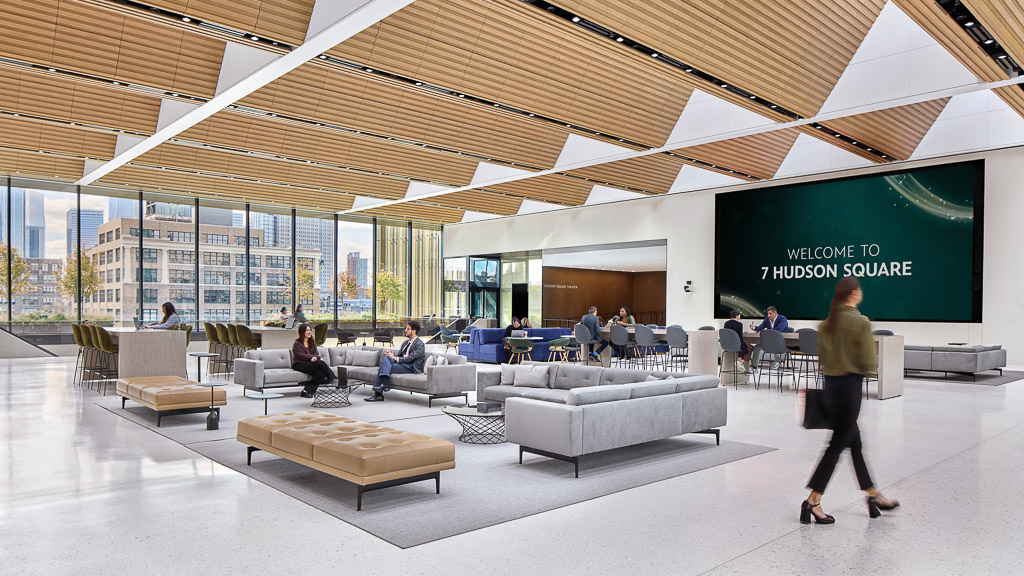
Fast Company Explored Gensler’s Media Workplace Strategy and Design for The Walt Disney Company NYC Headquarters
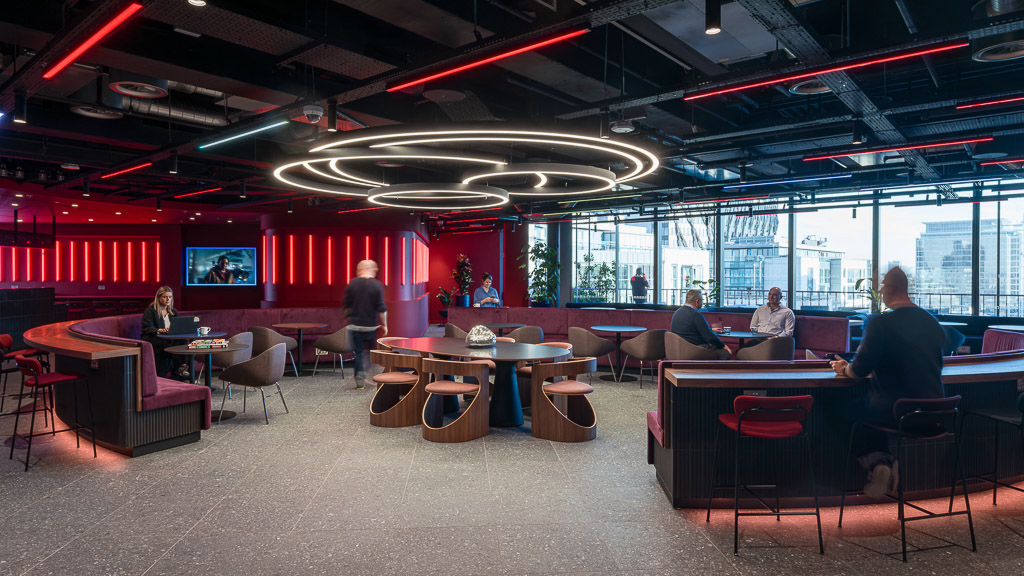
Virgin Media O2’s “Ultra-Connected and Inclusive Workplace” Unites Diverse Teams
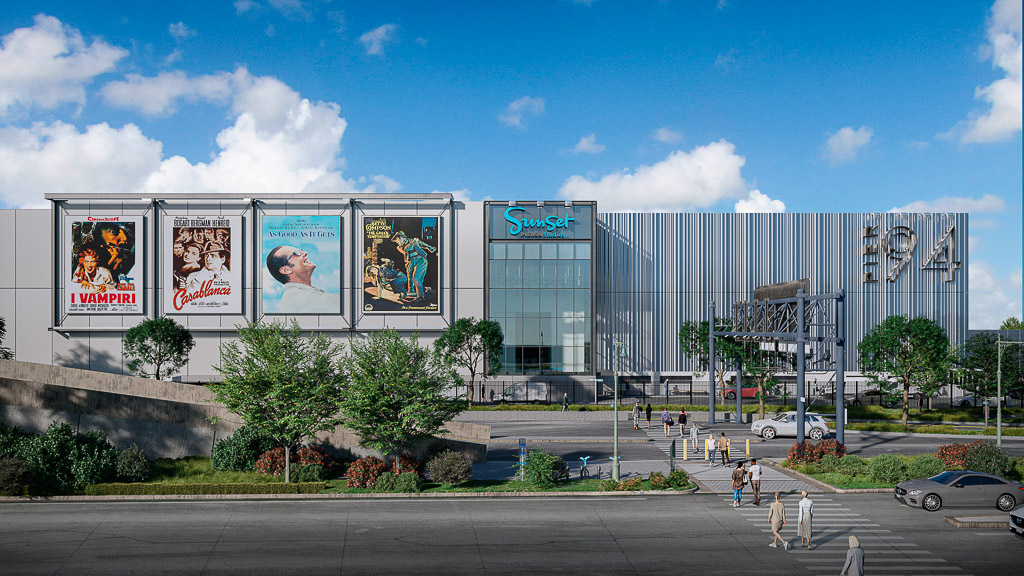
Spectrum News NY1 Highlighted Sunset Pier 94 Studios in New York City

New York Magazine Explored the Walt Disney Company’s New NYC Headquarters
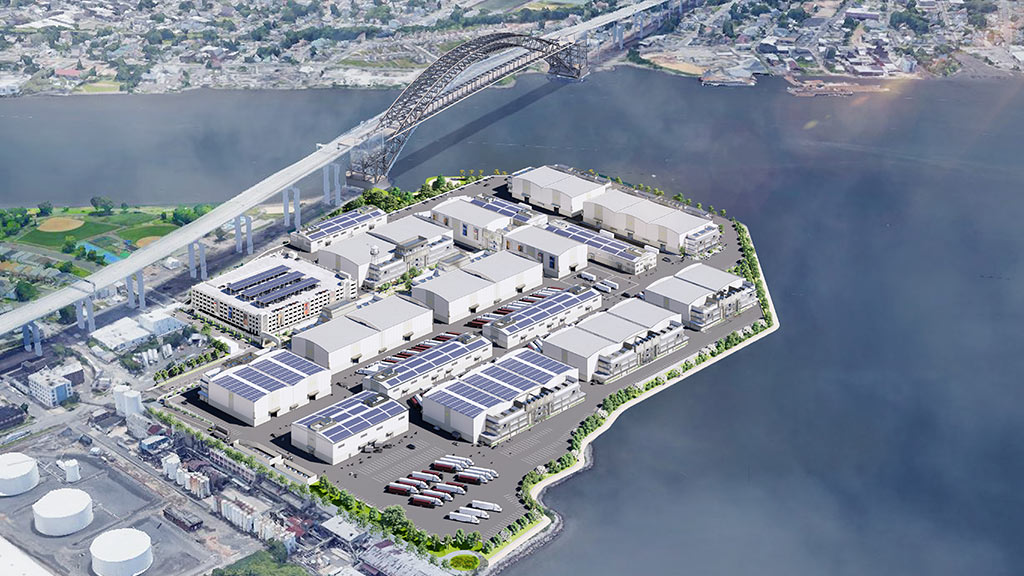
Plans Have Been Approved for 1888 Studios in Bayonne, New Jersey
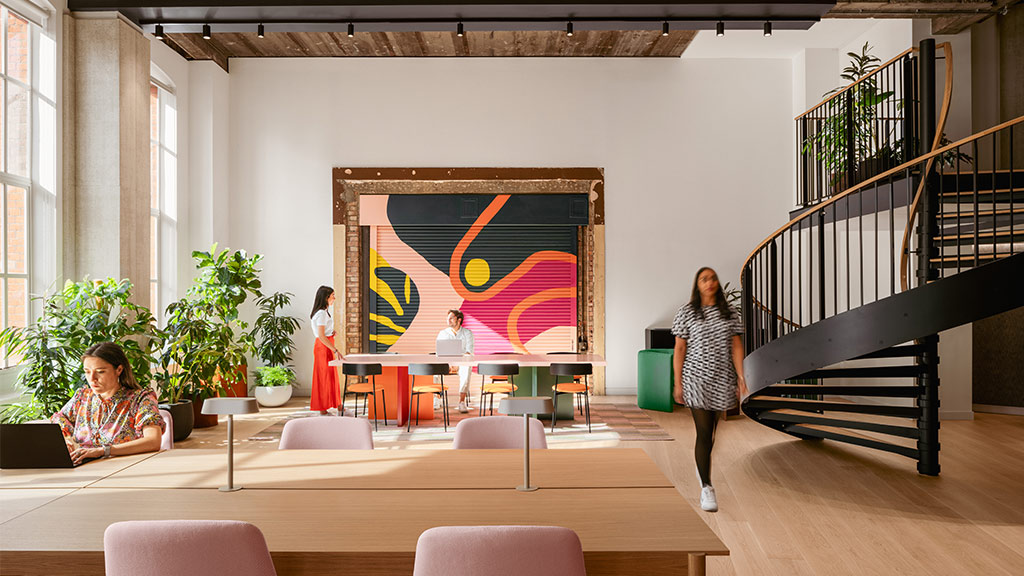
Francis House, Edelman’s Gensler-Designed Office in London, Combines Flexibility, Colour, Warmth, and Rawness
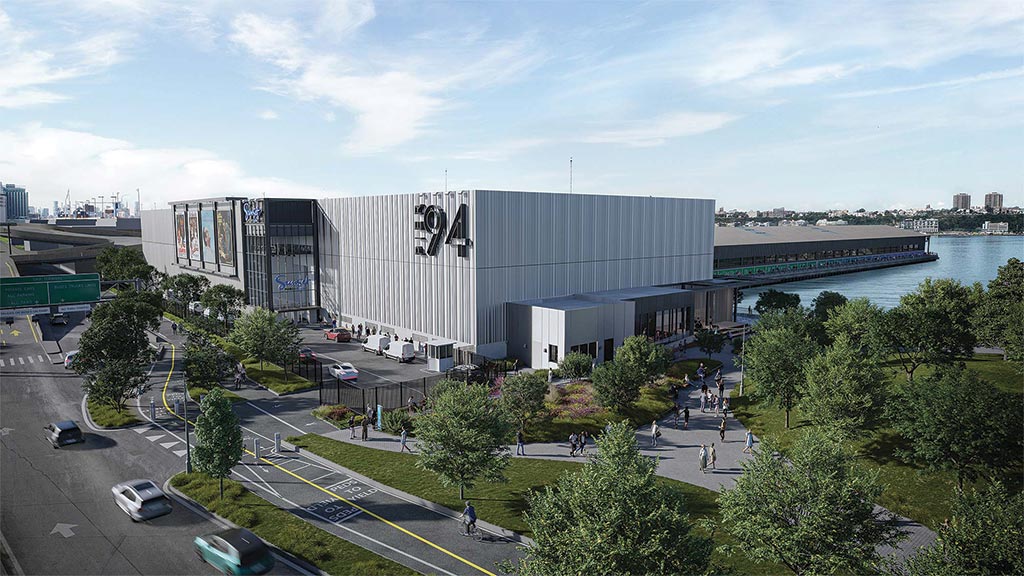
Time Out Unveiled Renderings for Sunset Pier 94 Studios, Designed by Gensler
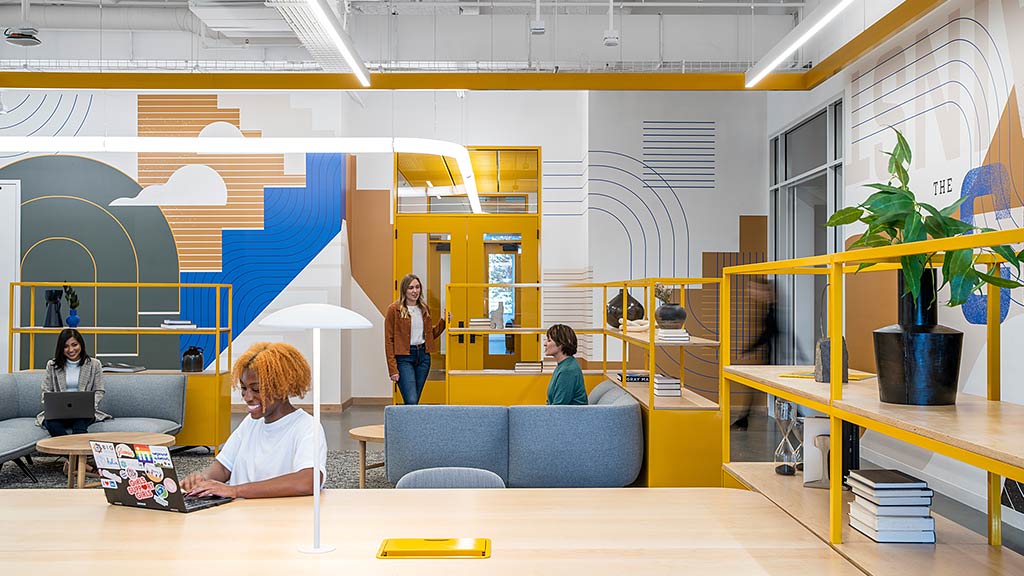
Gensler’s U.S. Workplace Survey Finds That the Top Reason Workers Want To Return to the Office Is To Get Work Done
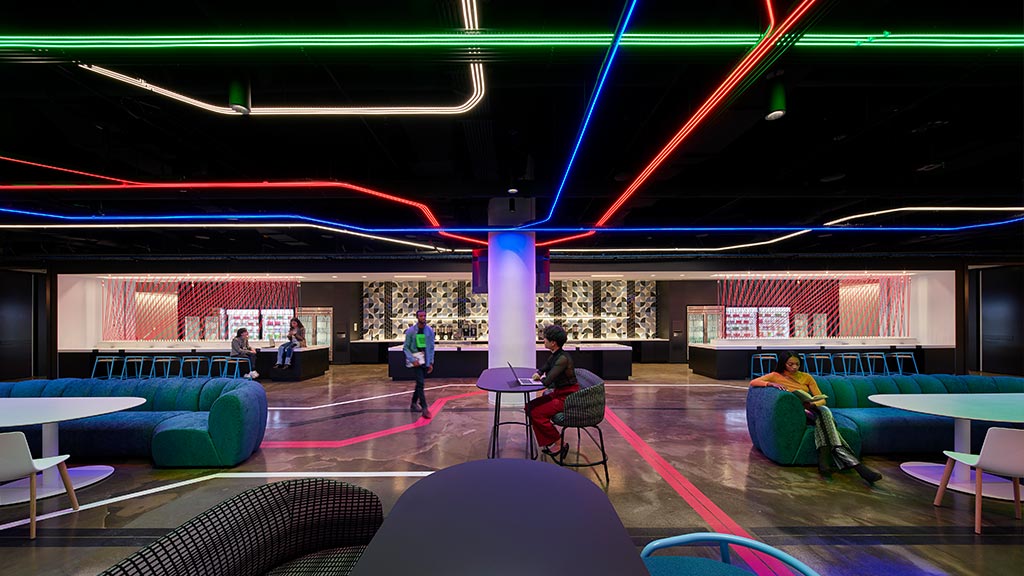
Gensler’s Design of TikTok’s New Office in New York “Captures the Soul of the City”
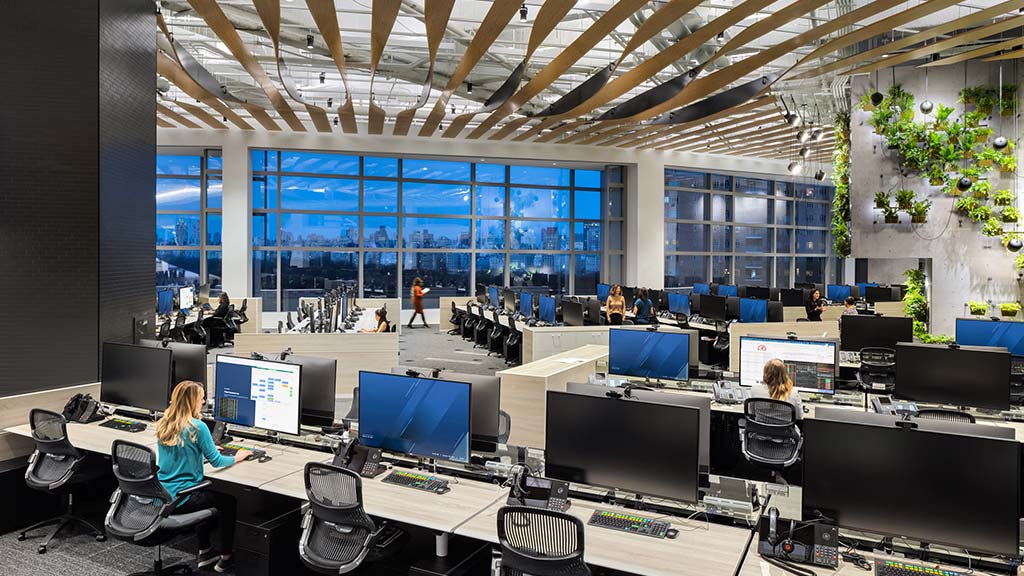
NYC Companies Are Leveraging Tech-Driven Workplaces to Enhance the Employee Experience
